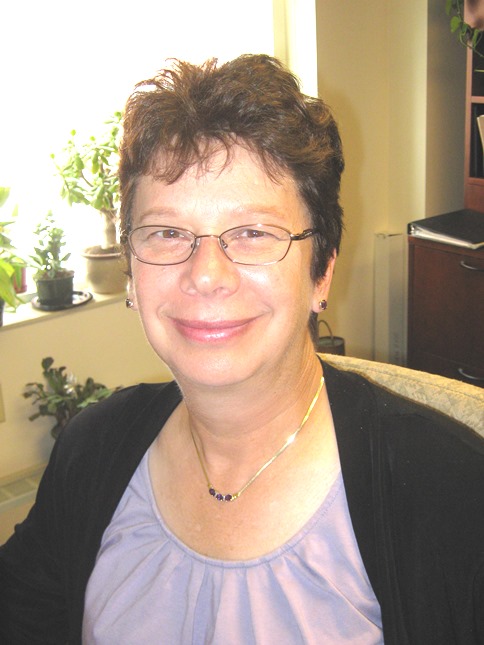This is part of a series of Session Notes from grantees who have received Professional Development grants from the Office of Commonwealth Libraries. Each grantee will share their professional development experience and include tips and other resources from the workshop or class. Grantees had their choice of an article for the Compendium, a webinar or a podcast. This project was made possible by the Institute of Museum and Library Services.
Catherine Alloway,
Director, Schlow Centre Region Library
Do you attend meetings that are unproductive, disorganized, combative or boring? I bet you do! Meetings are among the top time-wasters cited by business executives – right up there with email.
There is a cure: sign up for a class taught by the company Leadership Strategies: The Facilitation Company. The Effective Facilitator, an intensive 4- day class, taught me ways to make the meetings I lead or attend more meaningful.
The class was one of the best continuing education experiences I’ve ever had. My ten classmates included employees of the FBI, State Dept. and Marines, and we shared lots of team practice. I returned home with three copyrighted manuals of useful information that have already impacted my meetings and training activities. A grant from Commonwealth Libraries assisted with the cost of the informative course and related travel.
What exactly is a facilitated session? It’s a highly-structured meeting in which a leader guides participants through activities where the group creates, understands and accepts the end results. There are ten steps and skills taught in the class, and they are also relevant for more routine meetings, personal conversations, and training sessions. Just a few of the tips for each step:
Principle One: Preparing for Success
This is the most important action. “Don’t attend a meeting that has no agenda,” advised our instructor. Preparing the room seating and wall space for flip charts are also vital to a productive session.
Principle Two: Starting the Session
A good facilitator opens with a statement that informs, excites, empowers and involves participants. The opening energizes participants by explaining why they are there, their importance to the process, the activities, and the benefits of the meeting. The group should establish the ground rules and define what they want to accomplish.
Principle Three: Focusing the Group
It’s easy for meeting discussions to wander far off track. “Parking boards” are charts for writing down important issues that aren’t relevant to the current topic. Open-ended questions, and asking “What else?” will keep a group on course.
Principle Four: The Power of the Pen
Don’t underestimate the importance of the flip charts! Labelling them by subject is important. Write what is said – and if it’s too long, a good facilitator asks the speaker to edit to headline or short tweet length.
Principle Five: Know Your Tools
A technique good for any kind of discussion is the “starting question.” It has three sections:
- An image-building phrase. Remember Rod Serling and the Twilight Zone tv show? He always began with “Consider this…” and described a scenario. (“Think about the way you return books to our library. ..”)
- Extend the image. (“It’s a holiday weekend, and the bookdrop is overflowing and there is no room for your returns…”)
- Ask an open-ended question. (“What do our customers need to return their materials on time?”)
Principle Six: Managing Dysfunction
Late arrivals, side conversations, obsessive texting, negative comments…these and other challenges can be thwarted by ground rules, early detection through non-verbal cues, and agreeing on a solution to the disturbances.
Principle Seven: Consensus Building
There should be ground rules on exactly what consensus is. Silence = consent; “I can live with that and support it,” is a way to get to consensus when opinions don’t perfectly align.
Principle Eight: Keeping the Energy
You know the “lull” times: mid-morning, post-lunch, mid-afternoon and end. Avoid long videos, lectures, or single activities during those periods. Small group work, brain teasers and short breaks can keep things moving.
Principle Nine: Closing the Session
Review parking boards, review the session purpose and topics and thank people for their efforts.
Principle Ten: Agenda Setting
This closes the circle and sets up the next meeting. What is the key question that, when answered, can finish the meeting? What are some of the ways we can collaborate, discuss and decide?
To master these techniques and more:
–Take a class from “Leadership Strategies, Inc.” http://www.leadstrat.com/ The Effective Facilitator course is $2,495 and offered several times a year in Washington, D.C.
–Read The Secrets of Facilitation by Leadership Strategies’ founder, Michael Wilkinson. Available from Amazon for $56.08 and published by Jossey Bass, 2012. A copy is provided as part of the Effective Facilitator course.


